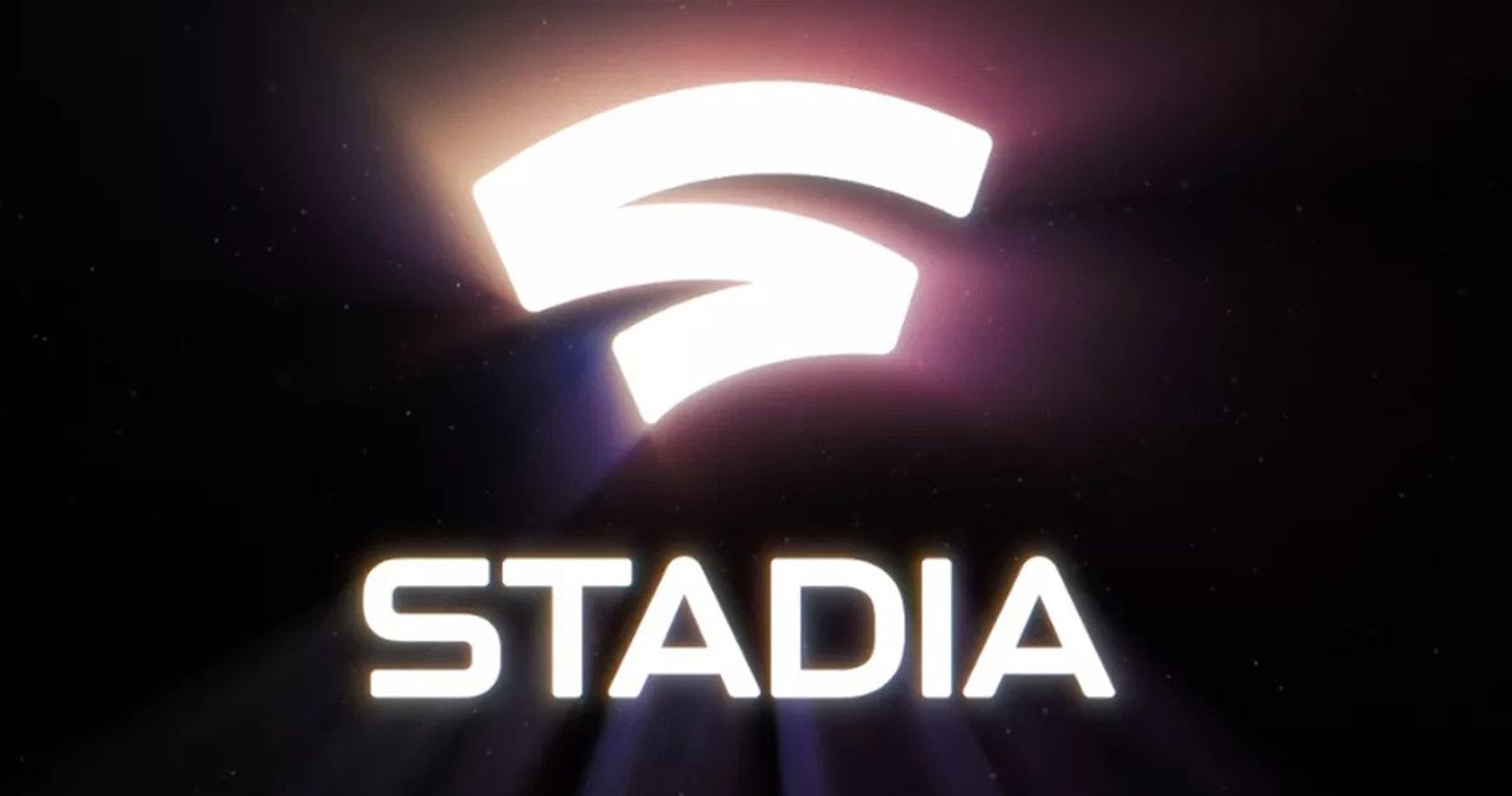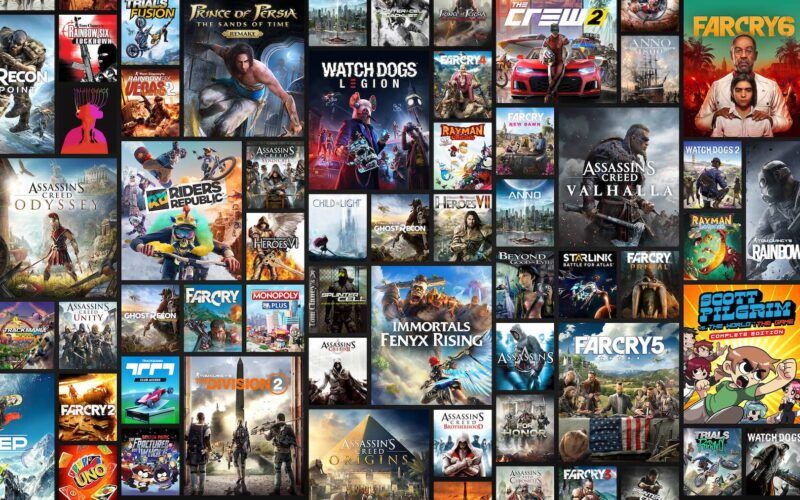The first Stadia Connect press conference was held right before E3 2019, two years ago to the day. Since then, the service has launched in 22 countries, Stadia Pro subscribers have collected over 70 free games, the in-house studio Stadia Games & Entertainment was formed and later dismantled, and last week, Ubisoft brought its subscription service Ubisoft+ to Stadia. Stadia has grown and changed in a lot of ways over the last two years, but as a daily user of the platform, it’s clear that Stadia has a long way to go.
It’s difficult to talk constructively about Stadia. First of all, a lot of people still don’t really understand what Stadia is or why they would want to use it. There’s another vocal group that has been hoping to see the platform fail from the first day it was announced, believing that Google is somehow incapable or undeserving of providing a game streaming service. Then there is another, even more vocal group of Stadia advocates that spend their free time on Twitter and Reddit defending the platform and attacking anyone that criticizes it, no matter how valid those criticisms are.
I’d like to try to cut through all of the Console War-type discourse to talk about what Stadia actually is in 2021 and where it seems to be going. When Stadia launched at the end of 2019, we wrote about the five biggest misconceptions about streaming games. Almost two years later, those misconceptions are still fairly widespread thanks, in part, to the way Google has handled marketing and communication. A misconception we could add to the list is that Stadia itself has been shut down. When Stadia Games & Entertainment shuttered earlier this year, many people understood this to mean that the streaming service was ending as well. That wasn’t true, and in fact, Stadia seems to be thriving. A marketing intelligence firm called Sensor Tower reported last month that the Stadia mobile app has been downloaded 3.2 million times since launch. Just three weeks ago, developer marketing lead Nate Ahearn told gameindustry.biz that Stadia is “alive and well.” Granted, the developers at SG&E were told something similar just days before the studio was shut down, but the recent Ubisoft+ deal would at least seem to indicate that Stadia has a player base and a future.
Part of Stadia’s success can be attributed to the ever-growing library of games included with a Stadia Pro subscription. While that collection started out fairly meager, the Stadia Pro collection has steadily grown to a total of 72 games. That includes some real heavy hitters like Jedi: Fallen Order and Rise of the Tomb Raider, as well as some indie gems like Journey to the Savage Planet, Risk of Rain 2, and Celeste. There’s some great stuff, but there’s also a lot of filler. I’d estimate that about 50 of those 72 games are titles most people have never heard of. This is in stark contrast to Game Pass, which includes around 200 games as well as the entire EA Play library.
Stadia still has some obvious advantages over Game Pass of course. Streaming requires a Game Pass Ultimate subscription and is still only available on mobile, while Stadia offers streaming on any device without any subscription required for the games you own. Stadia also offers access to more brand new games at launch compared to Game Pass, though the collection is still limited. You can play last month’s Resident Evil Village and Judgment on Stadia, but if you’re looking for Mass Effect Legendary Edition or Subnautica: Below Zero, you won’t find it there.
All of the promised features that were missing at launch have made their way to the service over the last 18 months, including crowd play, crowd choice, stream connect, and state share. While each of these features are innovative and novel, their usefulness is proportional to the size of the Stadia player base. If you’re a creator that wants to use crowd play, you need an audience of active Stadia users. Similarly, if you want to use stream connect or state share with your friends, all of your friends need to be playing the game with you on Stadia. What’s more, these features need to be implemented by the developers of each individual game before they can be used. Even if a game is on Stadia, you won’t necessarily be able to use state share or stream connect in it.
But more is coming for Stadia. Players just recently got the ability to search and sort their libraries, and an update is coming soon to the newest Chromecast with Google TV that will enable Stadia. Bridge Mode is also on the way, which will allow Stadia users to play with any controller over wifi. The aforementioned Ubisoft+ partnership is also a good indication that Stadia is trending in a positive direction with game availability, though the platform has never been starved for Ubisoft games.
Unfortunately, practically everything Stadia does feels like one step forward and two steps back. The Ubisoft+ partnership provides “unlimited access to the best Ubisoft games on Stadia,” meaning with an Ubisoft+ subscription you can stream the 19 Ubi games that are already available on Stadia, and download the other 100+ PC games offered through Ubisoft+ on Uplay. One of the coolest features Stadia offers allows anyone to play a demo on Stadia by clicking a link. This should be a great way to introduce people to Stadia for free and show them how easy it is to play games on the platform, but unfortunately, the demos are always time-limited and the links usually require a log-in and ask you to sign-up for Stadia Pro, even though you don’t need to do that to play the demo.
Ultimately, Stadia isn’t that far off from where it started. It’s still a great solution for mobile gaming and game streaming, perfect for those without a beefy gaming PC or a brand new console for playing (some of) the latest games. It’s great for gaming on the go, provided you have strong wifi wherever you’re going. It has improved a lot, but at a rate much too slow for anyone to notice that isn’t actively paying attention. Stadia is the only platform that offers streaming for brand new games with a one-time purchase, and it will always have an audience of those that need a service like that. Two years after the big reveal, Stadia is still missing the one thing that would bring players to the platform: games.


